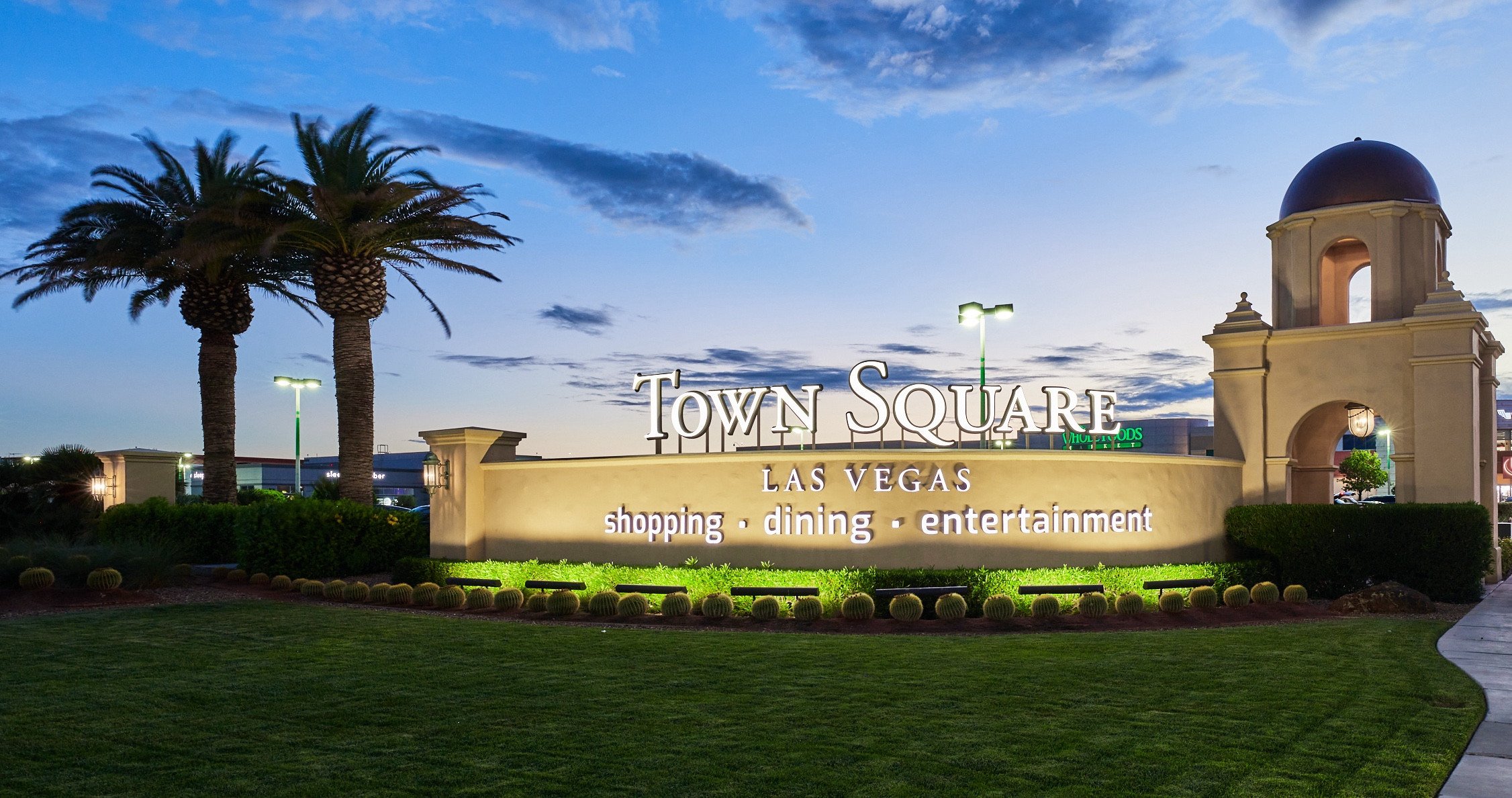SEM, or search engine marketing, is a promotional technique that uses Google and other search engines to display material. The goal of SEM is to get your business pages appearing on SERPs, or search engine results pages. If a page from your website, such as a landing page or blog post, appears in search engine results in response to a user’s query, the user is then exposed to your business. The hope is that they’ll click the result and be directed to your site.
There are two main types of SEM: search engine optimization (SEO) and pay-per-click advertising (PPC). The key distinction between the two is that SEO is organic (not paid), while PPC involves purchasing ads. Both methods can be effective in promoting your business online and driving traffic to your website.
SEO is the process of optimizing your website and its content to rank higher in search engine results. The goal of SEO is to improve your visibility in organic, or unpaid, search results. The higher you rank, the more likely people are to find and click on your result.
PPC is a paid form of SEM that allows you to place ads on search engine results pages. When someone clicks on your ad, they’re directed to your website and you’re charged a fee. The amount you pay depends on a number of factors, including the competitiveness of the keyword you’re bidding on and the quality of your ad.
Both SEO and PPC can be effective in driving traffic to your website and generating leads for your business. The best approach for your business will depend on a number of factors, including your budget, the competitiveness of your industry and your goals.
If you’re not sure which SEM approach is right for you, contact us today. Our team of experts can help you develop an SEM strategy that meets your specific needs and objectives.
Content marketing is a strategic marketing approach focused on creating and distributing valuable, relevant and consistent content to attract and retain a clearly defined audience — and, ultimately, to drive profitable customer action.
Content marketing is not about selling. It’s about creating relationships. By providing valuable information that your target audience wants and needs, you can build trust and credibility with them. And when they’re ready to buy, they’ll think of you first.
Content marketing can take many forms, including blog posts, e-books, white papers, infographics, case studies, webinars and more. The key is to create content that is interesting and valuable to your target audience.














